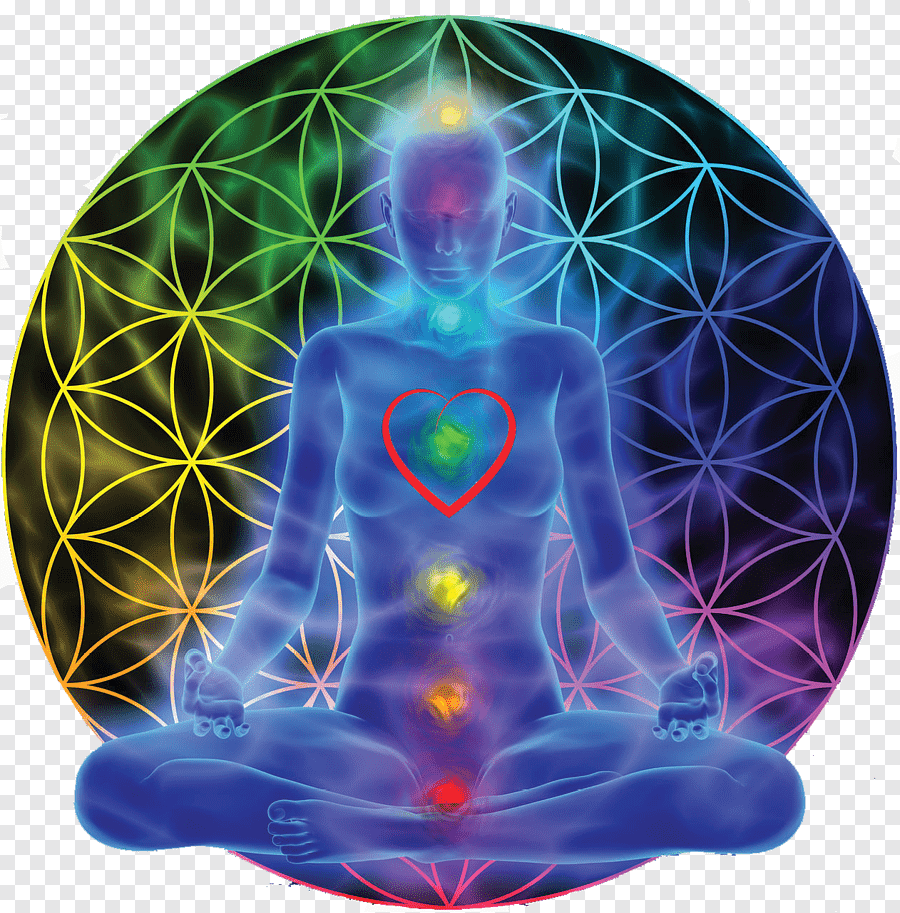Energy healing focuses on the flow of energy within and around the body. Practitioners believe that illness and disease occur when this energy becomes disturbed.
Veritable energy medicine includes pulsed electromagnetic field (PEMF) therapy, which sends non-ionizing electromagnetic frequencies through muscles, tendons, tissues, bones and organs to improve circulation and boost immune function.
Healing with Physical Presence
Many energy healing practices involve some kind of physical touch. This is usually only a light touch (often on the hands) and may be used throughout the session in a pattern that allows the healing energies to flow into and out of your body. Generally there is no pain involved and you may feel sensations such as tingling, heat or coolness, pressure, twitching, rushes of energy and other vibrations.
These different energy healing techniques are all aimed at healing imbalances in the electromagnetic field purported to surround and connect all living beings. Practitioners believe that this field can be sensed without instruments and that an imbalance in the field leads to illness.
Energy healing practitioners often use their bodies to manipulate the mechanical vibrations of the membranes and cytoskeletons of cells as well as the whole human biofield to restore them to a healthy harmonic pitch. They do this with their hands, as in Reiki and cranial sacral therapy, or by subtle alterations to the body movement in qigong, yoga or the Alexander Technique.
There is growing interest in veritable energy medicine, which incorporates scientifically tested technologies like pulsed electromagnetic fields, sound and light therapeutics to treat illness. A number of research studies have shown that this approach reduces pain and anxiety and improves measures of autonomic nervous system function such as heart rate and blood pressure.
Healing with Intention
Energy healing is a popular wellness practice that has a long history. It includes Traditional Chinese Medicine which has roots that go back thousands of years and acupuncture, where the practitioner places needles into meridians corresponding to organs. It also includes healing touch, a technique in which practitioners place their hands gently on or above the body with an intention to support the person’s physical, emotional and mental health.
Intention is a powerful tool for healing. It directs energies used in all energy healing modalities, even the most complex ones with multiple levels, symbols and elaborate rituals and practices. An intention statement can be a few words or many words, it doesn’t matter; what matters is that the statement is sincere and open.
The author describes the conceptual ideas of energy healing, body awareness and the energetic system as well as a framework for creating an optimal healing environment (OHE). The core thesis is that a healer’s inner attitude is key to the creation of an OHE, and it is proposed that this includes mindfulness, compassion and an accepting, mindful and warm-hearted relationship with oneself.
Healing with Energy
Amid a wellness movement inundated with health anxiety, fake news and conspiracy theories, it’s no wonder that energy healing techniques are having a moment. Whether they call it Reiki, cranial-sacral therapy, Alexander technique or Bowen technique, practitioners claim that these modalities help restore balance to the body and mind, heal trauma and alleviate pain. And while the skeptics are right to point out that scientific research supporting these therapies is scarce, anecdotal evidence speaks volumes for their effectiveness.
Many Eastern medicine practices — like Traditional Chinese Medicine, Ayurvedic medicine and shamanism — are rooted in the belief that the human body generates a subtle energy field that ensures mental and physical well-being when undisturbed. These vital energies are known as chi, prana or ki and are thought to manifest as symptoms when they’re disturbed.
Energy healing aims to correct these imbalances by restoring balance to subtle energies and by releasing blockages in the human biofield. The body’s electromagnetic field is measurable by tools commonly used in conventional medical treatments, including electroencephalograms (EEGs) to measure brain activity, electrocardiograms (EKGs) to chart heart activity and magnetic resonance imaging (MRI). The most common energy healing modalities include Reiki, acupuncture, Emotional Freedom Technique or EFT, acupressure, the Alexander Technique, qigong, and the chanting of mantras such as Om.
Healing with Magic
Energy healing techniques involve manipulating and restoring what practitioners believe is the flow and balance of life energies. This vital force is considered to be what the Chinese call qi, Indians refer to as prana, and Native Americans name the Great Spirit. Some believe that when this biofield becomes imbalanced, illness emerges. By bringing it back to a healthy rhythm, the body is said to heal itself. Acupuncture, massage, Reiki, Emotional Freedom Technique or tapping (EFT), qi gong and yoga are all examples of energy healing modalities.
These modalities influence mechanical vibrations in the membranes and cytoskeletons of cells, as well as the entire human biofield, to bring them back into a healthy harmonic pitch. They do so either with their hands, as in Reiki or Craniosacral Therapy, or with subtle alterations of body movement as in qigong and yoga.
Although there is very little physical touch involved with energy healing sessions, the patient may experience sensations such as tingling, heat, coolness, pressure, twitching and rushes of energy. It is important for a person to feel comfortable during the session, so this type of healing does not scare him or her away. In addition, many energy healers do not have a particular agenda or goal in mind when they perform an energy healing treatment. They are playing with numerous divine energetic signatures the same way a jazz musician riffs on various notes during an improvisation session.

